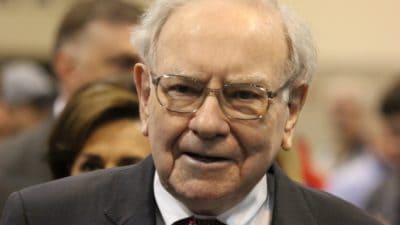In good economic times, we really wouldn’t expect to see shares in our top banks valued at much below the long-term FTSE 100 average of around 14, would we?
I wouldn’t, and it came as quite a surprise to me to see Standard Chartered (LSE: STAN) on a forward price to earnings (P/E) ratio of just 10.6 based on forecasts for the year to December 2014. What’s more, with earnings per share (EPS) forecast to keep rising, that would drop to 9.7 based on 2015 predictions.
Unscathed
 And this is for one of the few banks that sailed through the credit crunch pretty much unscathed. In fact, until the share price went into a slide early in 2013, it was nicely ahead of the FTSE over 10 years.
And this is for one of the few banks that sailed through the credit crunch pretty much unscathed. In fact, until the share price went into a slide early in 2013, it was nicely ahead of the FTSE over 10 years.
The reason behind Standard Chartered’s survival is the same one that underlies the recent fall in value — China. With around a third of its profits coming from Hong Kong, the bank is one of the ones that would be hit by a credit crunch in the People’s Republic. And with China’s property market showing signs of a correction, and lending figures hitting dangerously high levels, it could happen.
But how is the bank doing in itself?
Growth story
In 2013, pre-tax profit fell a little, dropping 7% to $6,958m, and normalised earnings per share dipped 9%. But the dividend was upped by 2% to yield 3.8%, and forecasts suggest a consistent 4% or better over the next few years with earnings set to rise again.
And chairman Sir John Peace told us that Standard Chartered “remains an exciting growth story“, saying “We are focused on driving profitable growth, delivering further value for shareholders. The Group has an excellent balance sheet, remains well capitalised…“.
And that’s quite a bit different to the state of the UK’s banks before the crunch hit. In fact, it’s partly because of the Western collapse that Standard Chartered finds itself in a healthy position to withstand a downturn — the post-crunch recapitalisation of the banks has made it stronger.
Bargain?
Analysts don’t seem to share the fear at the moment, with steady earnings rises forecast as far out as 2017 (though later figures are, of course, very tentative).
But with those well-covered dividend yields of 4% set to continue, and the World Bank still expecting the Chinese economy to grow by 7.4% in 2016, I reckon the fears are overdone.
And I think that makes Standard Chartered cheap right now.







